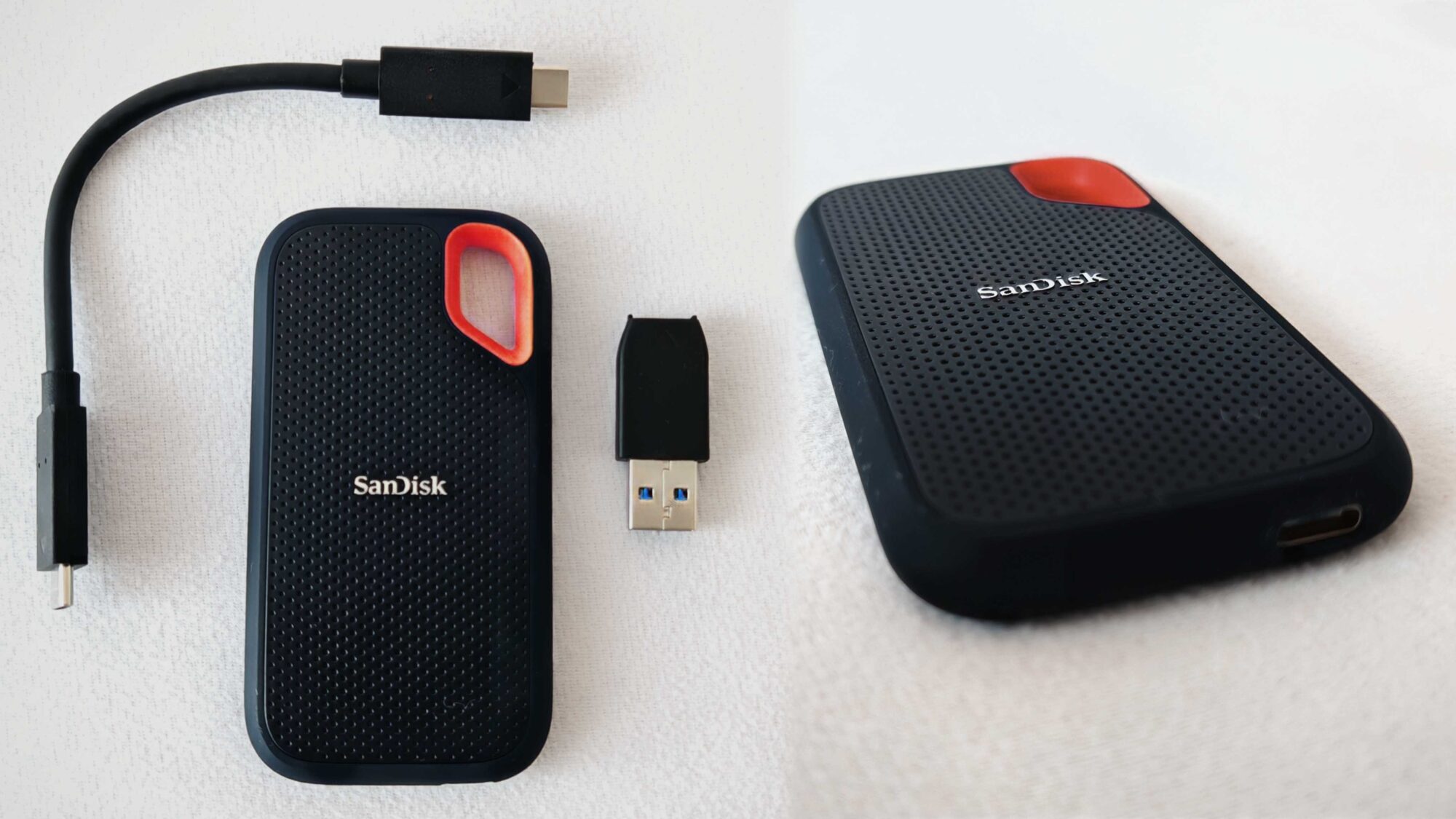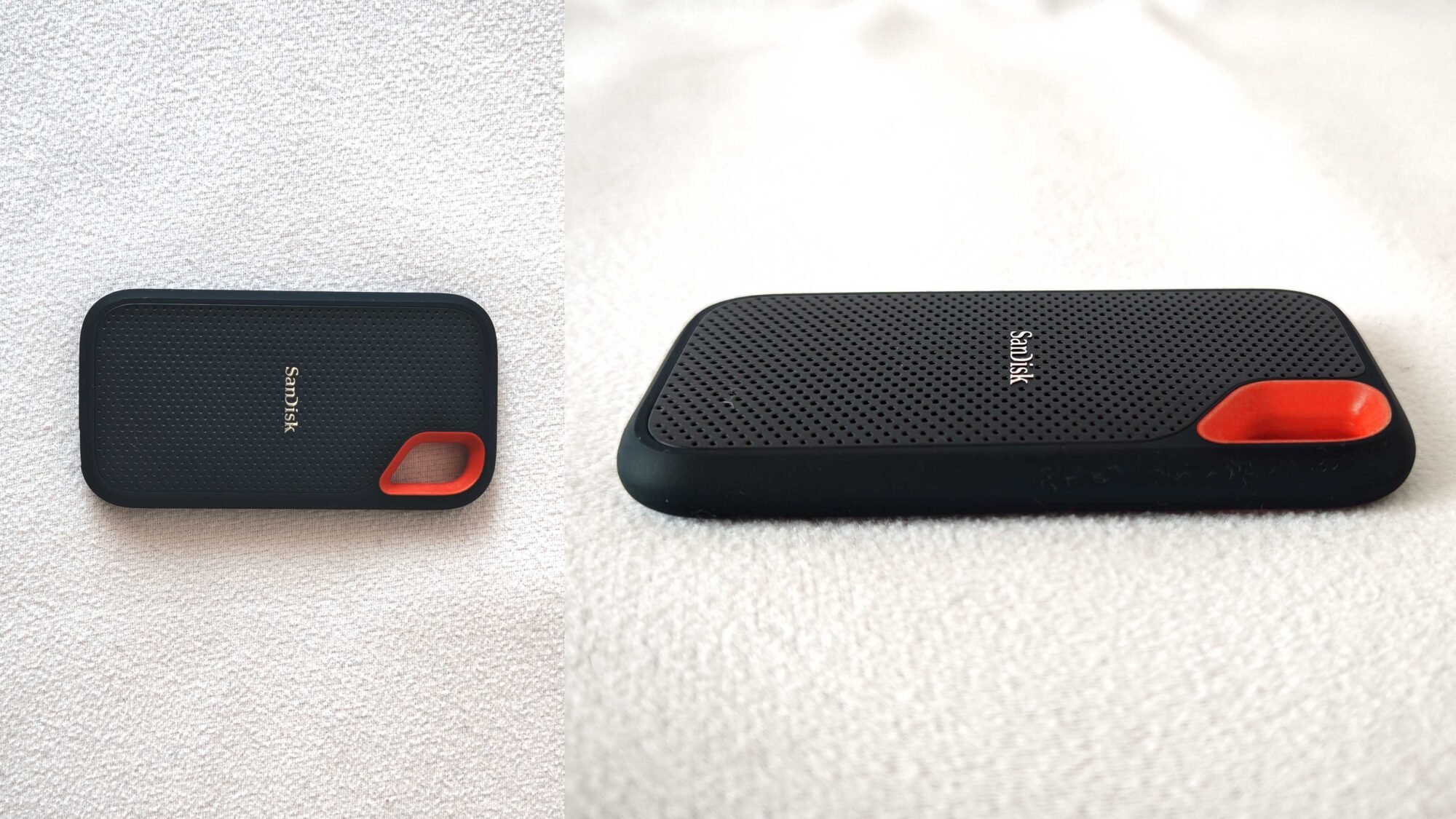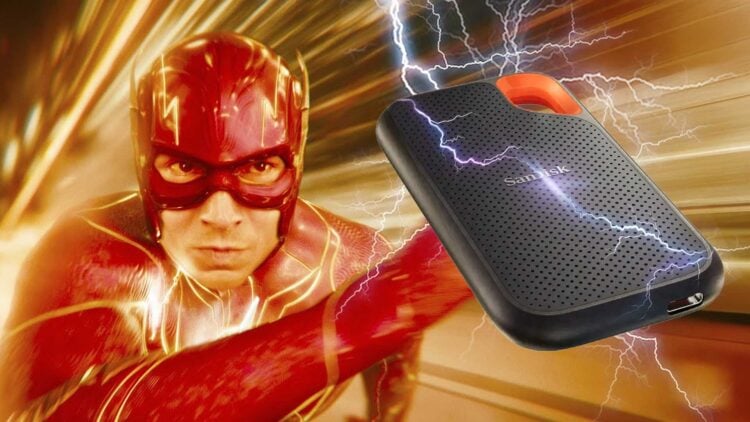In modern computing, the user has an immense storage capacity, more than ever before. From having 1TB flagship smartphones in your pocket to 4TB m.2 NVMe on many gaming PCs and even 1TB microSD cards for your camera. Moreover, users can store images, videos, and the like in the cloud, but with the caveat of always being connected and having sufficient data. One option to overcome this immediate challenge is always to have an external storage medium. Flash drives are practical for laptop usage but don’t always have sufficient capacity for heavy users. They are also not as integrated with smartphones and other device connectivity. SanDisk has many options to solve this problem, with the SanDisk Extreme Portable SSD being one of the brand’s leading portable SSD drives.
How Much Storage Is Enough? You’ll Be Shocked
With a backlog of over 10 years uploading to the cloud, I’ve had to carefully filter through many older images and videos to delete to free up more storage than the 100GB I had run out of. For most users, 100GB would be enough to last quite a while, but with the continuous creation of content, attending events, and just hanging out with friends and family, the modern user can quickly burn through this in a shorter timeframe.
The SanDisk Extreme Portable is an excellent option for mobile workers, especially those creating content. With 4K and 8K video recordings available on your smartphone, having sufficient storage capacity immediately is essential. The device includes options like the 500GB unit as the base model while featuring capacities of 1TB, 2TB, 4TB and 8TB for extreme users. Each variant is available in the same size device, making it extremely impressive.
As its name suggests, it offers extreme portability. The device measures just 52.5×9.6×100.8mm and weighs an impressive 52g. For reference, the device fits into the palm of my hand, which is very small. Regarding weight comparisons, this is similar to a single large egg or a small pack of gum. What’s impressive is that it can easily fit alongside your smartphone in your pocket even while connected via the USB cable, and you’ll not notice much of a difference.
Further to its small frame, the device is also very rugged. It has a plastic top, rubber sides, and back, and it’s very durable. Its build allows for standardised 2-metre drop protection and includes an IP65 rating. Although I would never test this feature personally, the brand showcases several instances with the device submersed in water to highlight this.
There are two notable omissions for the drive. The first is that there aren’t any LED indicators on the device, which makes it hard to confirm that it’s being powered, especially if there are any errors down the line. Secondly, the contents include an adapter from Type-C to Type-A for the cable instead of a separate Type-A cable for convenience.
Overall, it’s an extremely impressive design, both minimal and rugged in stature.
RELATED: ASUS ROG NUC 970 Review – A Gaming Mini PC Ready to Challenge Consoles
The SanDisk SSD Disaster: What Went Wrong?
It’s been almost a decade since Western Digital announced its acquisition of SanDisk, which gave both companies a boost in terms of their R&D and joined efforts to develop improved storage options. In 2019, the SanDisk Extreme Portable SSD range was launched, offering excellent portability for users. However, things didn’t go well after the initial hype about the range. Many started reporting faults with their drives, often leading to data loss or corruption.
The brand issued firmware upgrades in 2020 and continued into 2022, relaunching the device with the updated firmware. However, in 2020, the SanDisk Extreme Portable V2 was launched, and the company stated that the issues on the first iteration of the model had been ironed out. So, with the latest version, the brand offers more speed and, more importantly, an extended warranty period of five years.
While these tests can test the performance, they can’t measure the device’s longevity. I’ll hopefully have the opportunity to report back on the long-term testing of the device with the second iteration.
Blazing Fast or Overhyped? SanDisk Extreme SSD Speed Test

Regarding its performance, SanDisk marketed the Extreme Portable SSD, ironing out all the bugs from the first iteration and offering twice as fast read speeds. That’s an impressive performance capability, up to 1,050MB/s read speed and up to 1,000MB/s write speed. Anywhere near these speeds would be impressive.
During the various testing phases, I achieved a maximum read speed of just under 1,000MB/s on large files and roughly 500MB/s on smaller sequential files. This is also heavily dependent on your source drive, which needs to be able to match these transfer speeds. The write speeds were slightly lower, having been able to push around the 900MB/s mark.
For the loaded copying testing, I would test transfers of over 30,000 files of around 120GB to and from the device. Writing to the drive, these 30,000 files had a write time of just under three hours to complete. While this is well below the device’s capabilities, a three-hour complete transfer of these files was impressive.
Another notable performance stat is the power utilisation. When transferring files, I measured power usage via the portable charger to which the laptop was connected. While it’s not a 100% accurate means to measure power usage, there were still notable fluctuations in use. For example, when plugged in and still in somewhat idle mode, it had a continuous spike of around 8W. However, when transferring files, there was a continuous usage spike of around 20W.
After a few minutes, the drive switches idle to consume less power, where there would be very little difference in the laptop usage with and without the drive, measuring just 1-2W. However, this also caused a delay when re-engaging the drive to save or transfer files. The delay would be up to 10 seconds on average before the drive wakes and processes your task.
RELATED: We Tried To Break The “Unbreakable” Honor X9c Phone. Here’s What Happened
SanDisk Extreme Portable SSD: Must-Have or Waste of Money?

Even with the variety of cloud storage options available to many users recently, there’s still capacity for physical storage in terms of speed, capacity and, in many cases, security. The SanDisk Extreme Portable SSD is an impressive little storage device that can tag along with you in almost every situation, even underwater.
At a retail price of R2,199 for the entry-level 500GB option, just over R3,000 for the 1TB, R4,000 for the 2TB and a whopping R10,000 for the 4TB variants, these units aren’t cheap. That being said, the pricing is on par with other NVMe portable storage options. The SanDisk Extreme Portable SSD is a solid buy with its fast flash memory support.
The Review
SanDisk Extreme Portable SSD
The SanDisk Extreme Portable SSD is a tiny and lightweight drive with impressive storage options, which features a rugged build that includes drop resistance and an IP65 rating. Its read-and-write performances are among the industry's top, making it all the more impressive.
PROS
- Impressive read and write speeds
- Compact and rugged (drop-resistant)
- IP65 water and dust-resistance
- 5-year warranty
CONS
- Dongle adapter for USB Type-A (no secondary cable)
- No LED indicators








